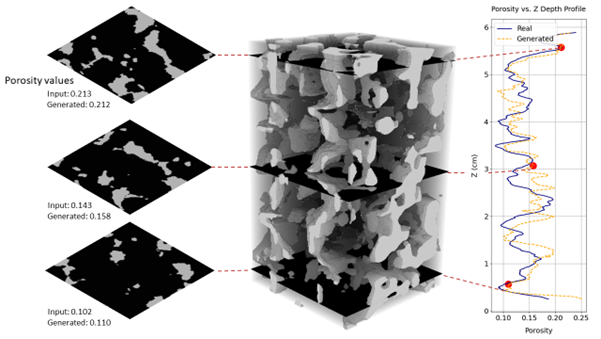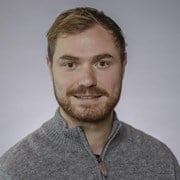
Visual computing
Contact persons
Medical Ultrasound
Medical ultrasound is an important diagnostic tool in medicine. Ultrasound devices use advanced signal and image processing to produce the best possible image quality and analyse the resulting images. Due to the intense computational demands, GPUs have become the hardware of choice. Our group has a long history in medical ultrasound research, evolving from introducing GPUs in stationary devices to enabling portable ultrasound technology that performs all processing on mobile devices. We have collaborated on several projects to design and optimise visual computing algorithms for our partners.
Notably, we contributed to the BIA project INtelligent Cardiovascular Ultrasound Scanner (INCUS), aimed at enhancing cardiac ultrasound examinations. This project sought to automate the workflow, adjust images automatically, perform measurements, and, to a degree, interpret images using artificial intelligence (AI). Our research focused on applying deep learning and visualisation techniques to improve productivity and accelerate decision making for ultrasound operators.
In the INtelligent Handheld Ultrasound Device (INHUD) project, we collaborated with our industrial partner to create an intelligent handheld ultrasound device, accessible for all healthcare professionals. This initiative addresses the challenge of operating the device and interpreting ultrasound images—tasks typically requiring specialist training. Our efforts concentrated on AI driven algorithms for image interpretation and innovative visualisation techniques. These solutions are designed to aid users in real-time interpretation of ultrasound images directly on mobile devices, improving the accessibility and usability of medical ultrasound technology for healthcare providers.
3D Reconstruction
Efficient algorithms: In several of our projects, we have developed efficient parallel algorithms for reconstructing or generating 3D representations of data. This effort includes the development of a GPU-accelerated algorithm capable of real-time 3D reconstruction, which was developed in a ESA project for creating a high-resolution 3D camera for robotic vision applications in space environments. We have also worked with 3D reconstruction of ultrasound images, developing efficient algorithms to be used on resource-constrained mobile devices.
Generation of microstructures: We have also developed methods for generation of 3D volumes of porous microstructure data. Using generative adversarial networks (GAN), trained on high resolution micro-CT images, our method can generate new unique 3D microstructures, with controllable statistical properties. This generative, controllable method can aid in accelerating material design and optimisation.

Neural radiance fields: We have worked on neural radience fields (NeRFs), an emerging concept from the field of visual computing. NeRFs embed spatial information about a photo-captured object or environment into neural networks. This implicit representation can then be used for, e.g., novel-view synthesis and 3D-model reconstruction, as is shown in the image below. NeRFs also inspire solutions to solving inverse problems in other scientific fields, such as determining physical properties from sparse measurements.

